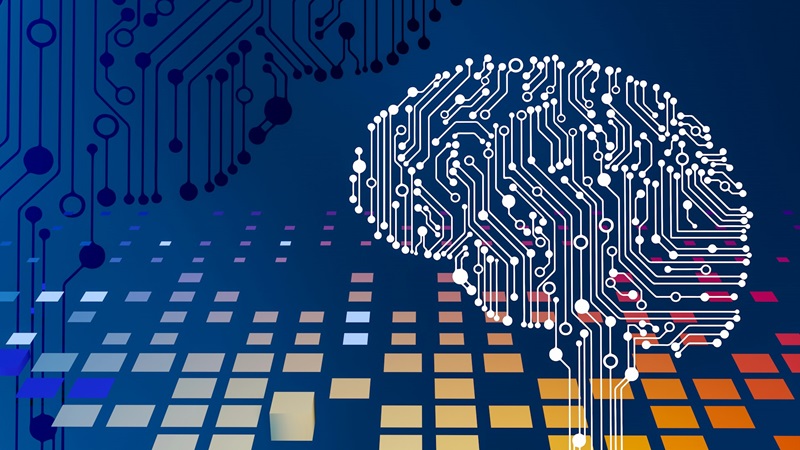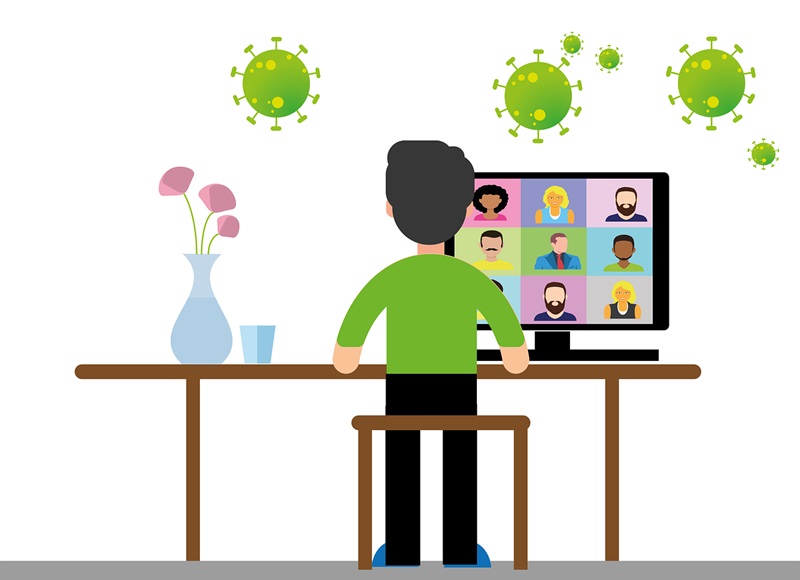|
|
 |
The Future of Remote Support: AI and Beyond |

The way we work has undergone a dramatic shift. Remote workforces are booming, with an Upwork study indicating that 22% of American workers will be fully remote by 2025. This trend necessitates robust remote support solutions. But what does the future hold for this vital service industry? Buckle up because Artificial Intelligence (AI) and other emerging technologies are poised to revolutionize remote support, taking it to levels of efficiency and effectiveness we can only imagine.
The AI Advantage in Remote Support
AI is rapidly transforming numerous industries, and remote support is no exception. Here's how AI is reshaping the landscape:
Intelligent Troubleshooting: AI-powered chatbots can handle a significant portion of initial user queries. These virtual assistants can diagnose common issues, guide users through self-resolution steps, and escalate complex problems to human technicians, saving valuable time and resources. The global chatbot market is predicted to reach a staggering $32.4 billion by 2032, highlighting the growing adoption of this technology.
Predictive Maintenance: AI can analyze user data and system logs to predict potential issues before they occur. This proactive approach and data integration solutions allow for preventative maintenance, minimizing downtime, and ensuring smooth operation. A PTC report shows that AI-powered predictive maintenance can reduce unplanned downtime by up to 30% and result in 75% less time on site, a significant benefit for businesses of all sizes.
Personalized Support Experiences: AI can personalize the support experience by analyzing past interactions and user preferences from an organization's data warehouse, which translates to quicker resolutions, increased user satisfaction, and a more positive brand perception. Advanced solutions to measure and improve call center KPIs enable businesses to achieve optimal performance and profitability.
Beyond AI: Emerging Technologies Shaping Remote Support
The future of remote support extends to technologies such as AR and VR, whose combined market size is projected to be $58.1 billion by 2028. Here are some other exciting advancements on the horizon:
Augmented Reality (AR): Augmented reality (AR) holds immense potential for revolutionizing remote support. Imagine a technician guiding you through a complex repair process by superimposing visual instructions directly onto your device's camera view. AR can highlight specific components, display step-by-step diagrams, and even offer real-time data overlays within your physical environment. This intuitive approach can significantly reduce resolution times, eliminate misunderstandings caused by verbal explanations, and empower users to complete tasks more confidently. With AR's ability to bridge the physical and digital worlds, remote support is poised to become a truly immersive and interactive experience.
Virtual Reality (VR): While still in its early stages for remote support applications, virtual reality (VR) presents a groundbreaking vision for the future. Imagine a technician virtually entering your computer system through a VR headset. They could navigate the digital environment in real time, diagnose problems directly within the system, and manipulate virtual objects to guide you through troubleshooting steps. VR's immersive nature has the potential to revolutionize complex issue resolution, offering unparalleled access and control over remote systems. Although technical hurdles remain, VR's potential to create a truly shared virtual workspace for remote support is undeniable.
The Internet of Things (IoT): The ever-expanding network of interconnected devices can provide valuable data for remote support solutions. With IoT integration, technicians can remotely monitor system performance, identify potential issues, and offer proactive support before problems arise. According to Statista, there are over 17 billion active IoT devices worldwide, highlighting the vast potential for integrating them with remote support systems.

The Human Touch Remains Crucial
While AI and other technologies are undeniably transforming remote support, it's important to remember that the human touch will always be crucial. AI excels at automation and data analysis, but complex issues, empathy, and building trust still require skilled human technicians to build a customer-centric workplace. The future of remote support lies in a harmonious collaboration between AI and human expertise, leveraging the strengths of both to deliver exceptional service.
The Road Ahead
The future of remote support is brimming with exciting possibilities. As AI and other emerging technologies evolve, we can expect even more innovative solutions that digitalize processes, improve efficiency, and deliver unparalleled user experiences. By embracing these advancements, businesses can ensure they are well-equipped to provide exceptional remote support in a rapidly changing technological landscape.
|
|
|
|
|
|||||
|
© 2026 ShowMyPC. All rights reserved.
|
||||||||


